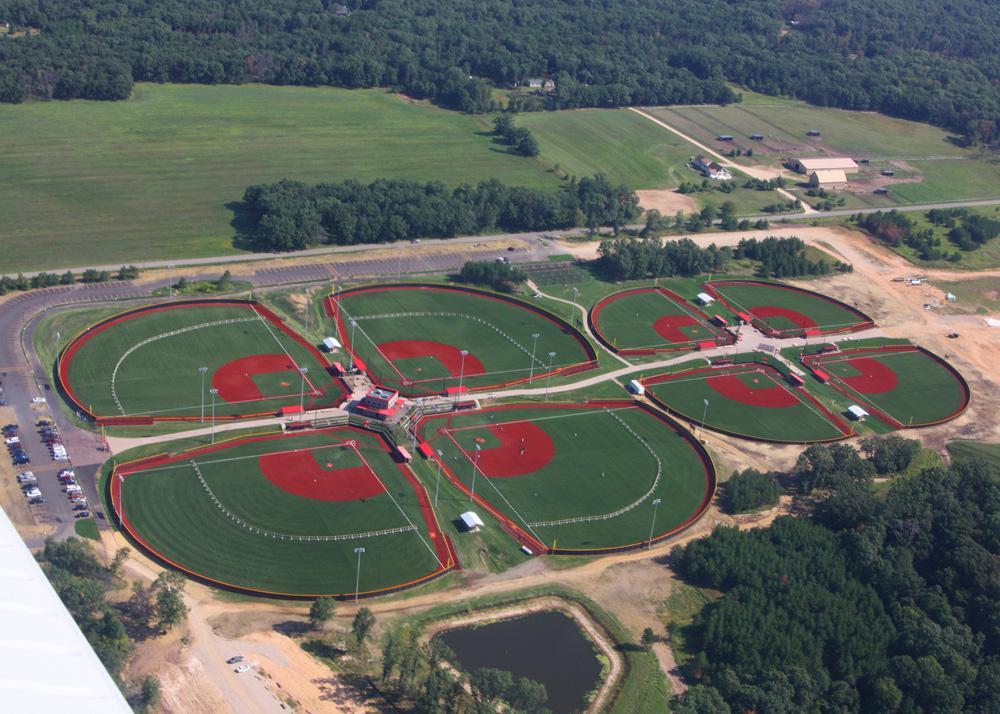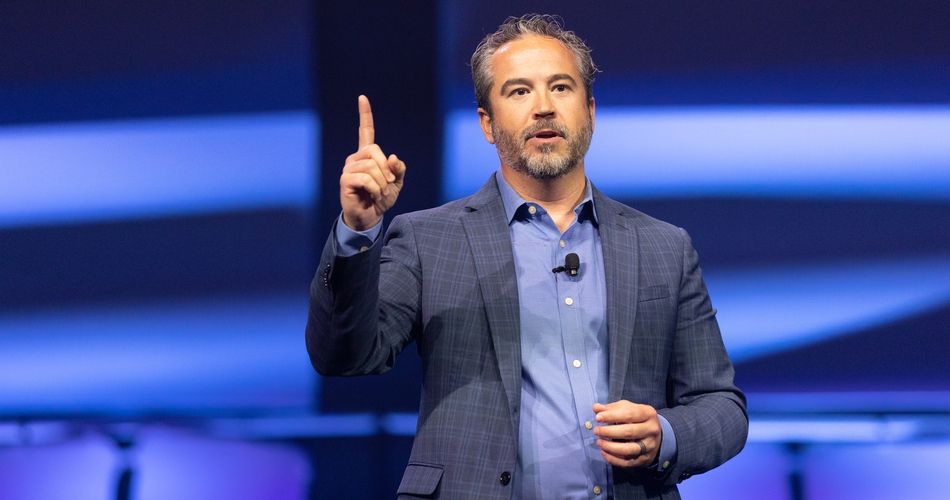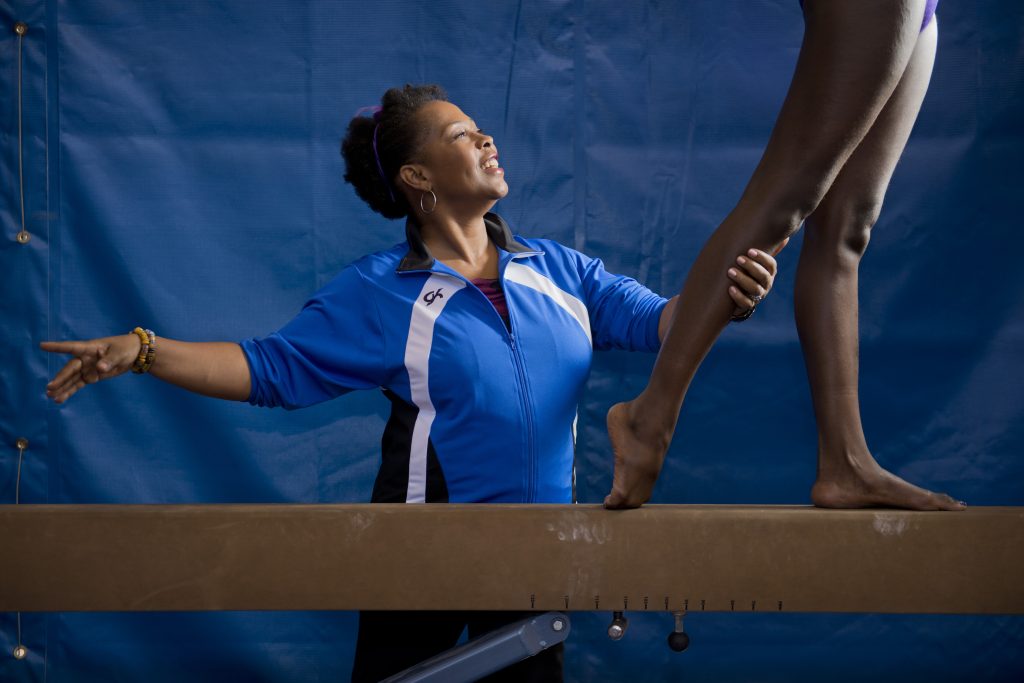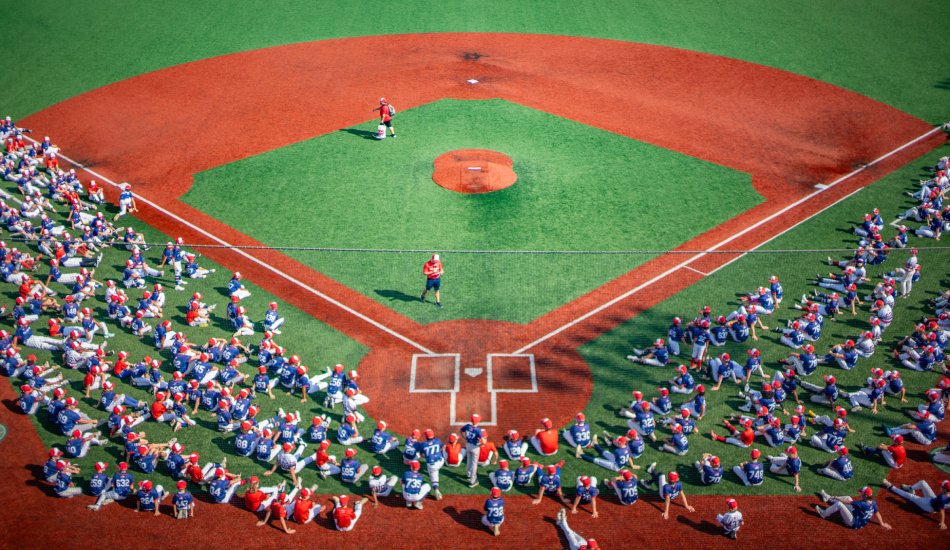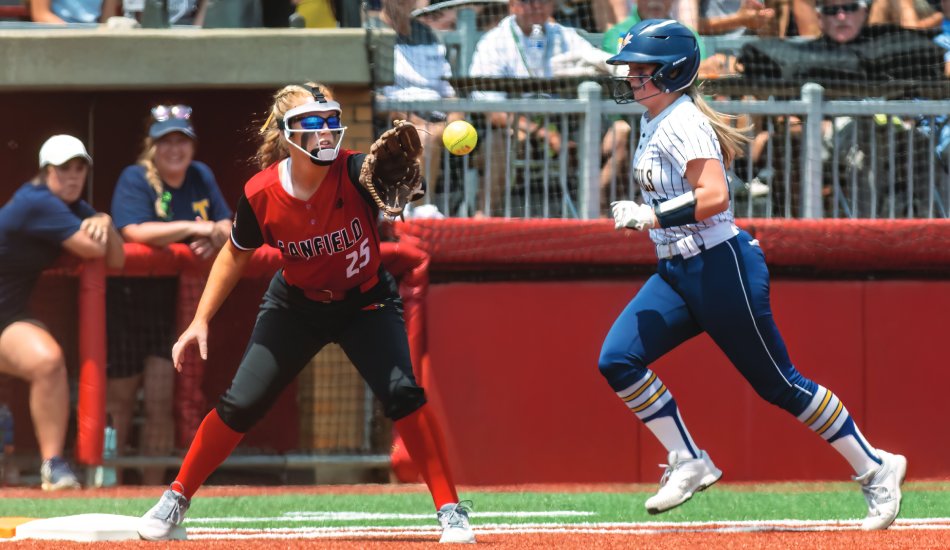When organizing a sports tournament, the selection of a competition venue is just as important as the event budget and event date. The sports facility must not only meet the projected competition needs of the event, but it must be available on specific dates and it most certainly plays a major role in formatting the budget. Of lesser importance (but important nonetheless) might be its location in relation to hotels, airports or downtown areas.
The competition needs and the available dates can be answered before visiting the facility. If it is available when desired, and has the needed number of playing areas and seating, then it’s time to tour it and talk details and money. The checklist for both of these items is found in the Event & Venue Checklist , and it should be reviewed thoroughly before making the visit. The event organizer who submits a detailed list of needs and requests to the facility will not be subject to last-minute surprises.
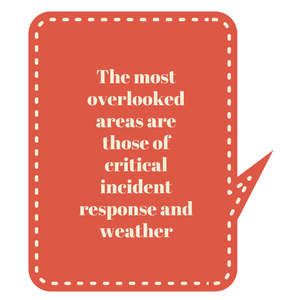 It is important to identify what is needed in the facility, and the cost attached to each item. Identifying the areas for support functions such as ticketing, merchandise, concessions, medical, meeting areas and so on is just as important as the playing areas. The rental of the venue is most often a stand-alone cost, and the additional needs are add-ons. Field striping, field lighting, public address system, air conditioning and restroom janitorial are just a few examples of some additional charges, so do not assume that everything in the facility will be included in the daily rental rate. Some facilities may charge for parking and keep that revenue themselves. Aside from in-house staffing, many facilities have specific requirements about security, medical, merchandise and concessions staffing.
It is important to identify what is needed in the facility, and the cost attached to each item. Identifying the areas for support functions such as ticketing, merchandise, concessions, medical, meeting areas and so on is just as important as the playing areas. The rental of the venue is most often a stand-alone cost, and the additional needs are add-ons. Field striping, field lighting, public address system, air conditioning and restroom janitorial are just a few examples of some additional charges, so do not assume that everything in the facility will be included in the daily rental rate. Some facilities may charge for parking and keep that revenue themselves. Aside from in-house staffing, many facilities have specific requirements about security, medical, merchandise and concessions staffing.
The most overlooked areas are those of critical incident response and weather, and the event organizer should not only be familiar with the facility’s policies but should have its own plans. Most facilities have policies for bad weather as they do not want their fields torn up during a rain storm, and some may even stop play due to nearby lightning. A Critical Incident Response Plan needs to consider individual medical emergencies and major incidents such as bleacher collapses and facility fires, and key organizing committee staff and facility staff need to coordinate reactions to them.
For more information on planning a successful sports tournament, check out our free resources.

